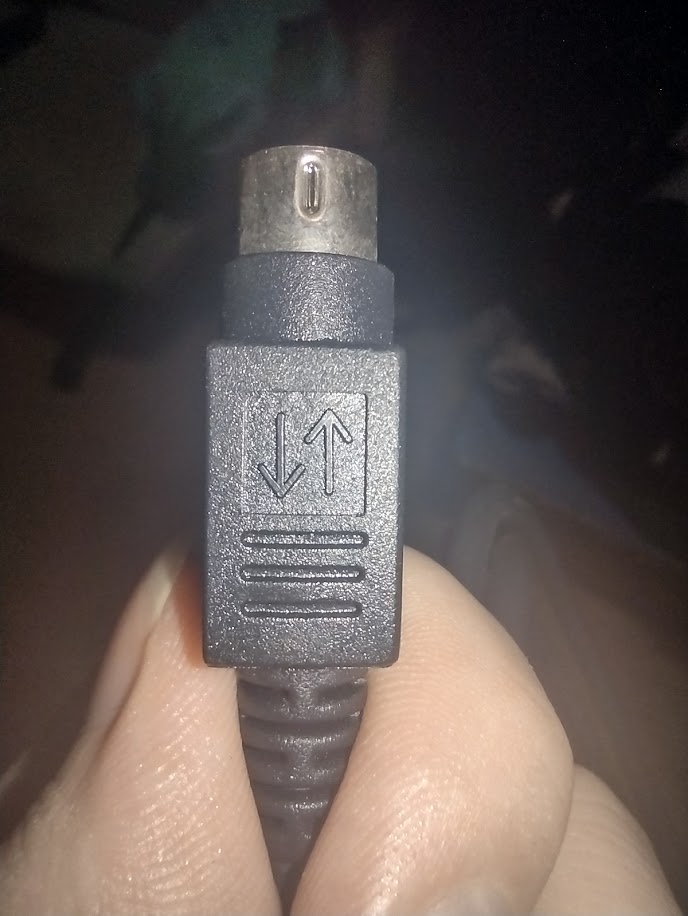"If one root server directs traffic lookups to one intermediate server and another root server sends lookups to a different intermediate server, important parts of the Internet as we know it could collapse"
this doesn't pass the sniff test. Records sometimes being out of date for some users is par for the course for DNS. Domain owners already need to account for that. Also, the "intermediate server"s in question would be things like the .com and .org operators' servers. I would hope the likes of Verisign and the Public Interest Registry can handle a delay in sunsetting a DNS server to accommodate something like this.

I wasn't aware that there were any games that could make meaningful use of 16 cores, let alone games that might want more. Was there a major advancement in game programming when I wasn't looking? Or is the headline as far off base as I think?